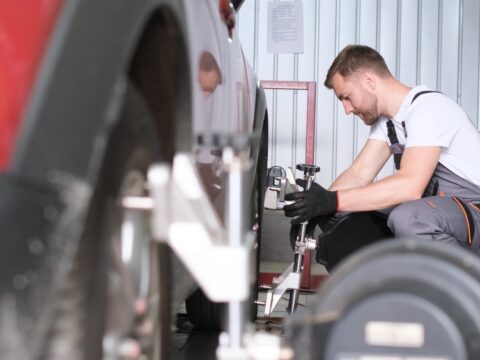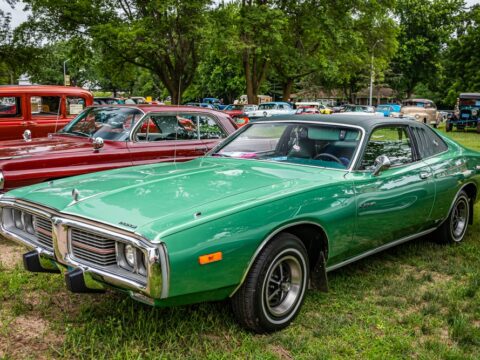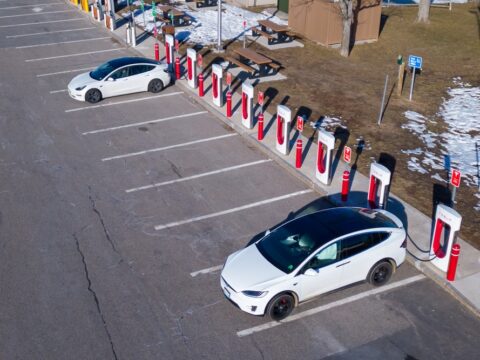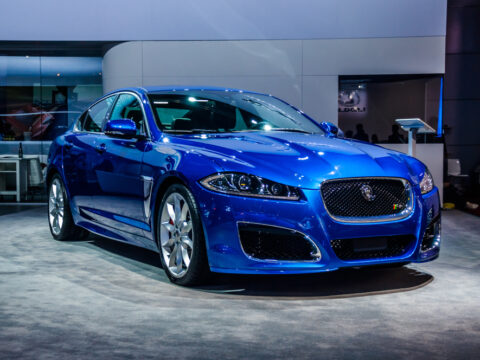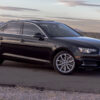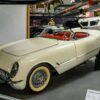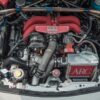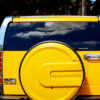Sometimes car companies come up with innovative features that seem like they’ll change the driving experience for the better. But not every idea hits the mark. In this list, we’ll take a look at 15 crazy car features that sounded cool at first but didn’t quite take off. From quirky gadgets to high-tech add-ons, these features may have seemed like the future, but they ultimately flopped.
Contents
Popup Headlights
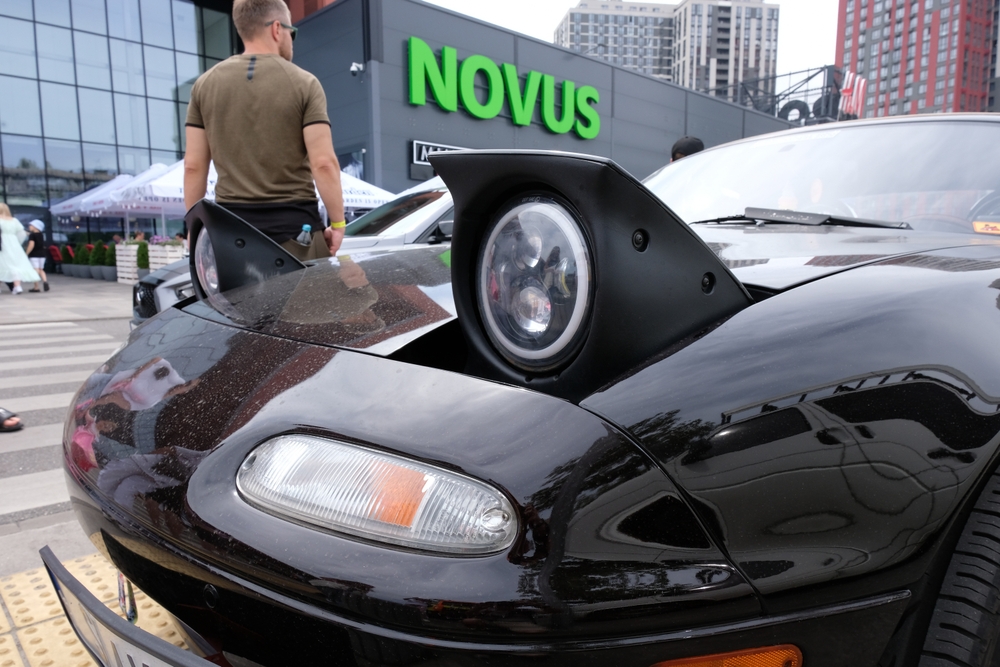
Popup headlights were iconic in the 80s and 90s, adding a sleek, futuristic design to cars like the Mazda RX-7 and Corvette. However, the cool factor faded as drivers experienced frequent mechanical failures. The motors that powered these headlights were prone to breaking down, leaving lights stuck open or closed. Additionally, their exposed mechanisms were vulnerable to water and dirt, leading to costly repairs. As regulations around pedestrian safety evolved, popup headlights became impractical, and their stylish appeal wasn’t enough to save them from disappearing.
Hydraulic Suspension

Hydraulic suspension, popularized by luxury cars like the Citroën DS, provided an ultra-smooth ride by allowing the car’s height to be adjusted dynamically. While the concept was advanced for its time, it came with a hefty price tag for both purchase and maintenance. The complex system often required specialized repairs, and any malfunction could leave the car undrivable. The costs outweighed the benefits, especially as more affordable and reliable suspension systems became available.
Power Bench Seats
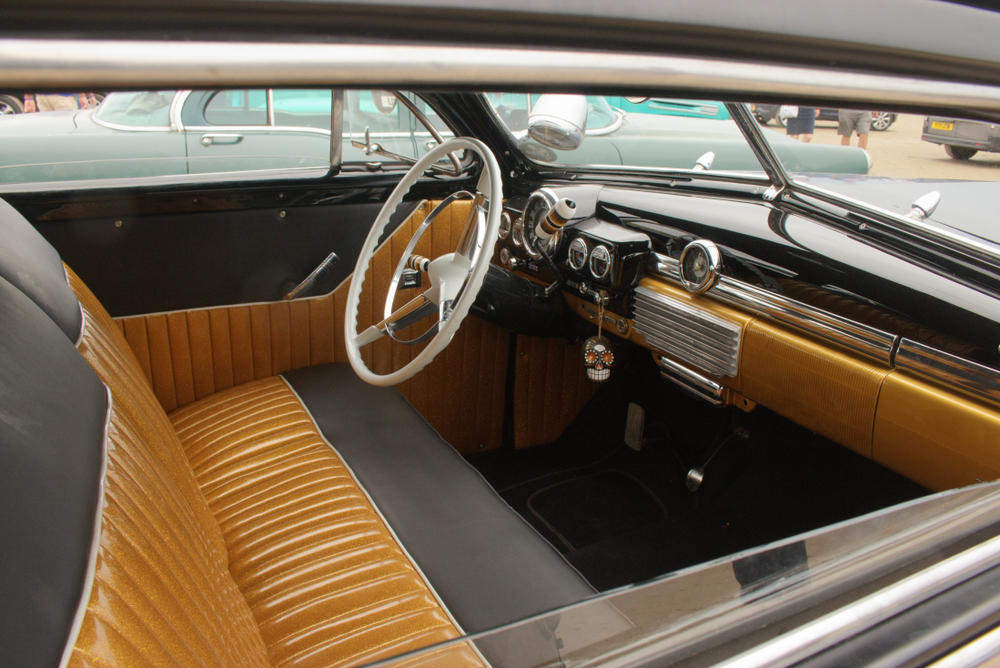
Power bench seats were a symbol of luxury in the 1950s and 60s, allowing the entire front seat to adjust with the push of a button. However, the feature was both bulky and overcomplicated. The added motors and wiring made the seats significantly heavier, reducing fuel efficiency and adding to repair costs. With the shift toward individual bucket seats, the appeal of power bench seats diminished, and they eventually fell out of favor.
Electronic Gear Shifters
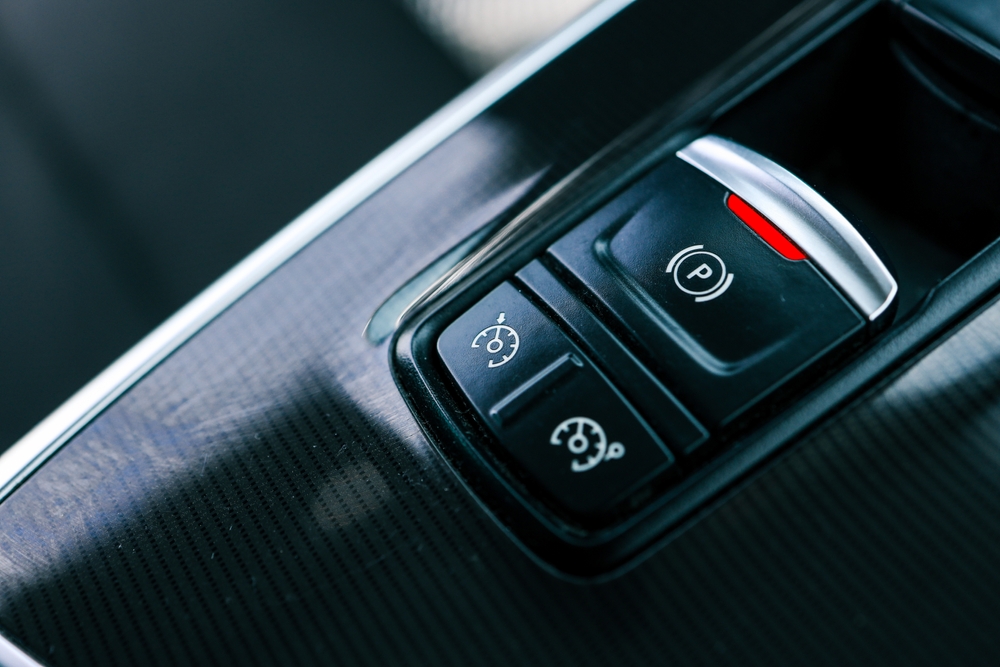
Electronic gear shifters, intended to modernize driving, replaced the traditional mechanical shifter with buttons or dials. While they looked sleek, many drivers found them confusing to operate, leading to issues like accidental gear changes. Malfunctions were also common, as the electronics were prone to glitches. The feature proved more of a hassle than a convenience, and many automakers reverted to more reliable gear-shifting methods.
Rain-Sensing Wipers
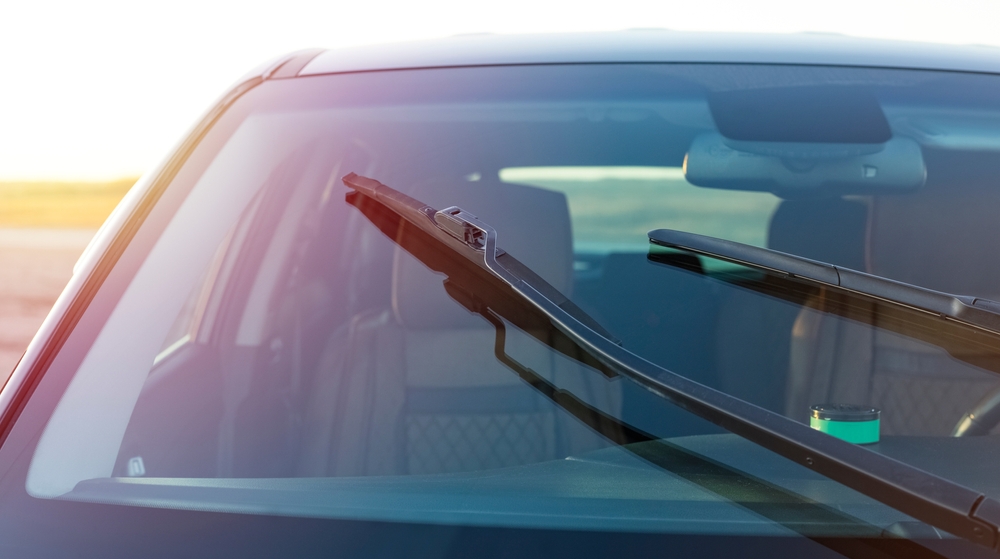
Rain-sensing wipers were introduced as a hands-free convenience for drivers. While the idea of automatically adjusting wiper speed to match rainfall sounds great, early versions of the feature were unreliable. Sensors often misjudged the amount of rain, either wiping too frequently or not enough. Drivers found themselves manually overriding the system more often than expected, rendering the feature unnecessary.
Built-In Vacuum Cleaners
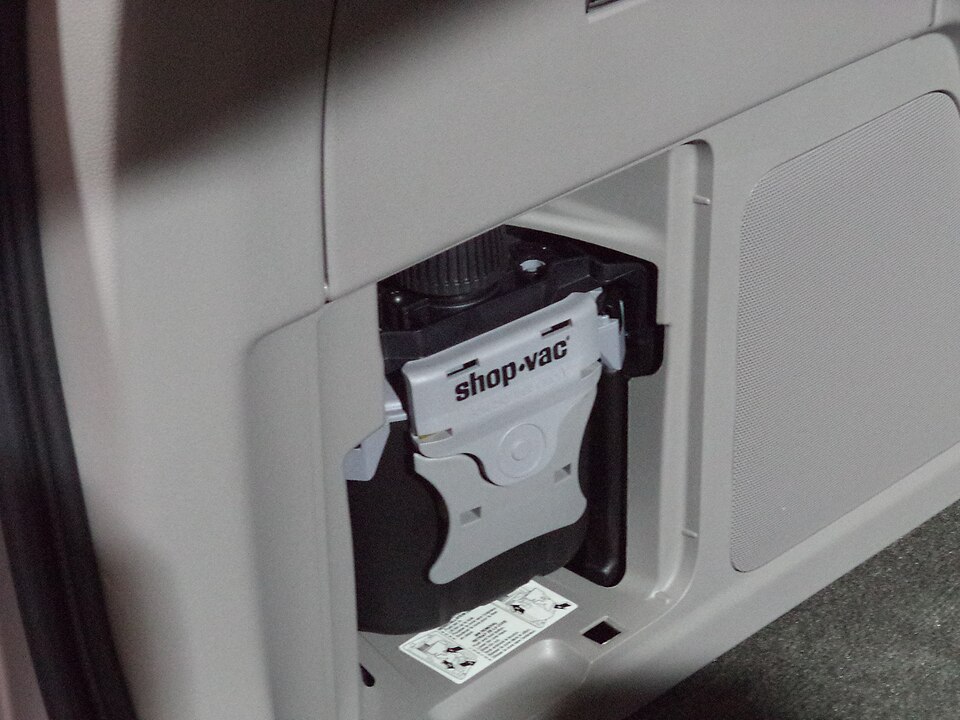
Honda introduced built-in vacuum cleaners in the Odyssey minivan to make cleaning on the go easier for families. While the idea seemed handy for busy parents, the reality was that the vacuum’s small size and limited suction power made it ineffective for most cleaning tasks. It also took up space that could have been used for more practical features, and most drivers found it easier to use a portable vacuum or car detailing service instead.
Voice-Activated Controls
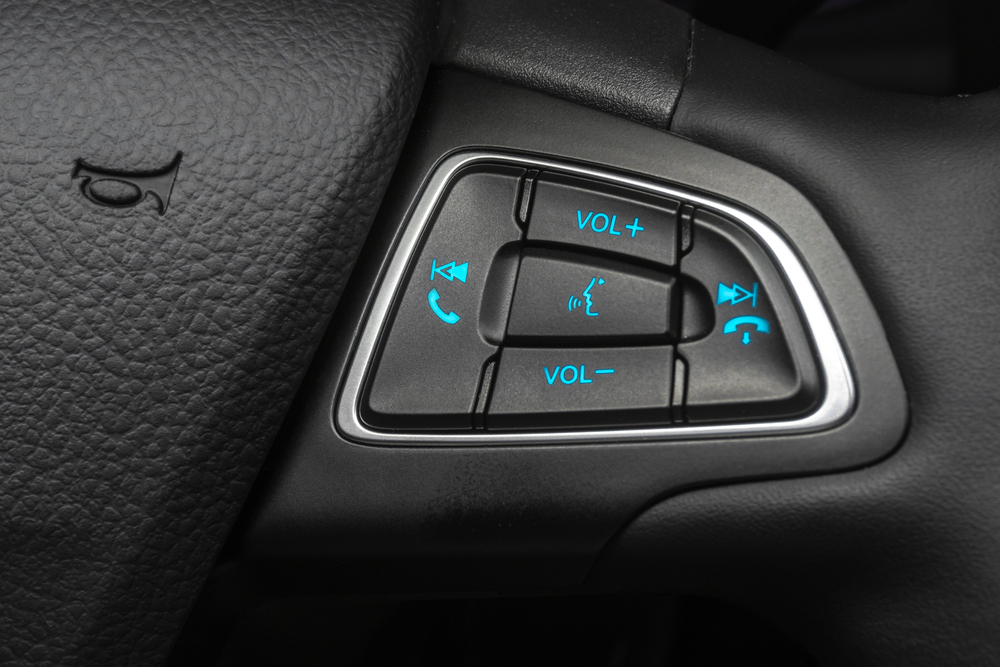
Early versions of voice-activated controls in cars, such as Ford’s SYNC system, promised to let drivers control navigation, music, and calls hands-free. Unfortunately, the technology was far from perfect, with the system often misunderstanding commands or failing to respond at all. The frustration of repeating commands led many drivers to revert to manual controls. As voice recognition improved in smartphones and other devices, these early car systems became outdated.
Push-Button Transmission
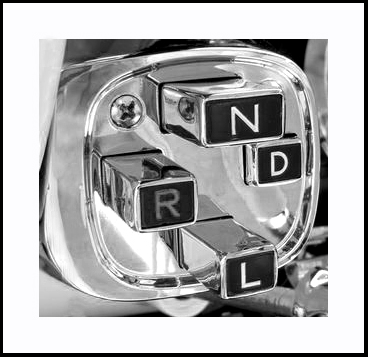
Push-button transmission, popular in cars like the 1956 Chrysler Imperial, was introduced as a high-tech alternative to the traditional gearshift. However, the buttons were often unintuitive and difficult to operate, leading to confusion for drivers. Malfunctions were common, and the novelty of the feature quickly wore off. Most automakers abandoned the concept in favor of more familiar gear-shifting methods.
Rotary Engines
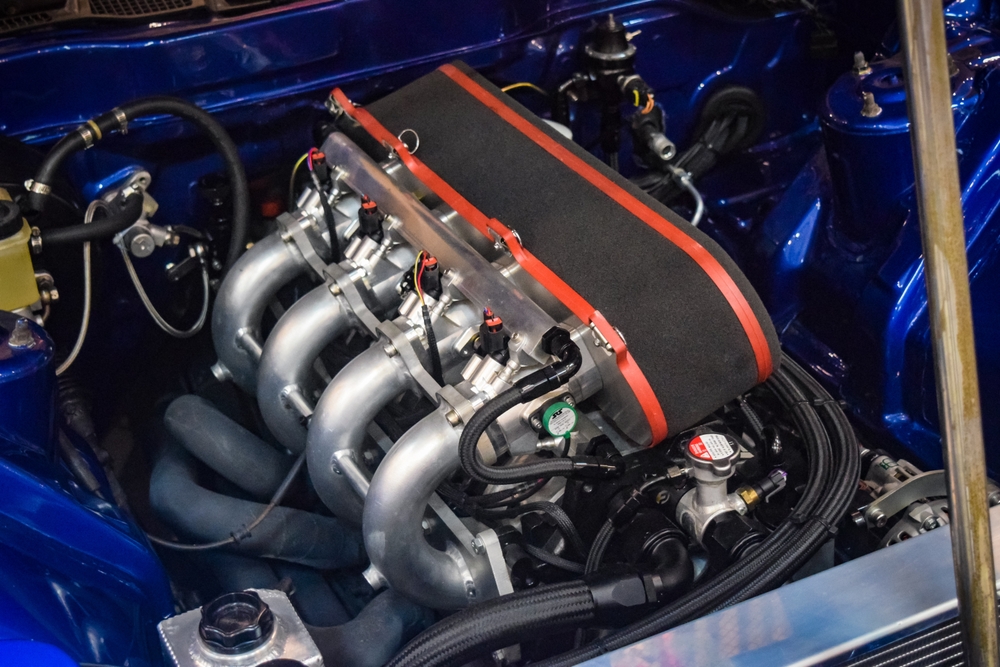
Rotary engines, as seen in the Mazda RX-7, offered a lightweight, high-revving alternative to traditional piston engines. Despite their compact design, they were plagued by reliability issues, particularly in terms of fuel efficiency and emissions. The engines required frequent maintenance and had a short lifespan compared to conventional engines. Mazda eventually phased out the rotary engine due to these problems, despite its initial promise.
Digital Dashboards
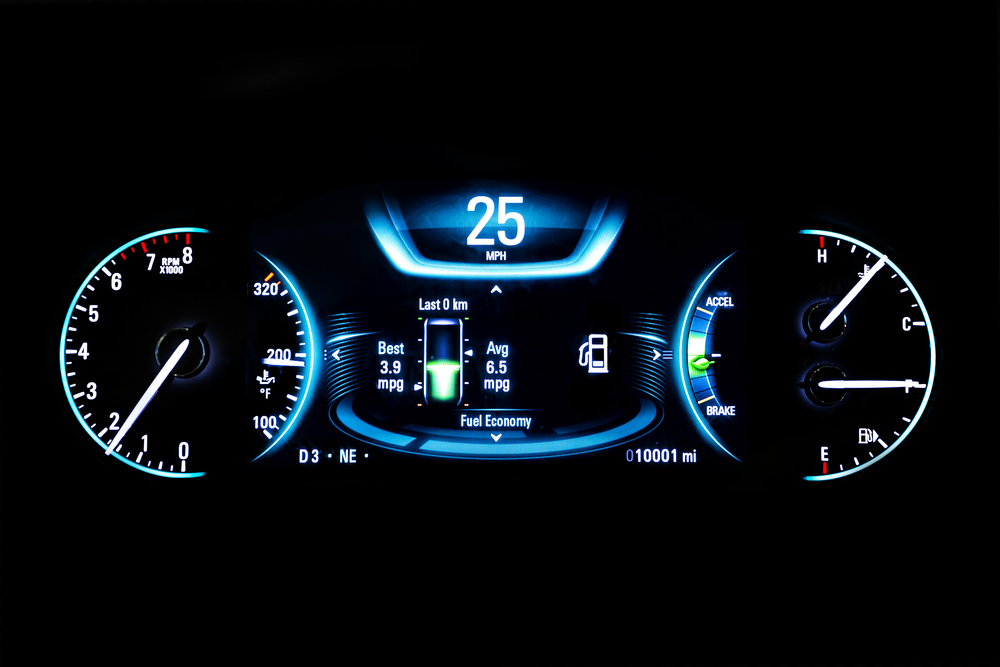
Digital dashboards, introduced in the 1980s, aimed to give cars a futuristic look by replacing analog dials with digital displays. While they looked high-tech, the screens were often difficult to read in bright sunlight and were prone to malfunction. Drivers preferred the reliability and simplicity of traditional gauges, and the digital dashboard trend quickly faded.
Night Vision
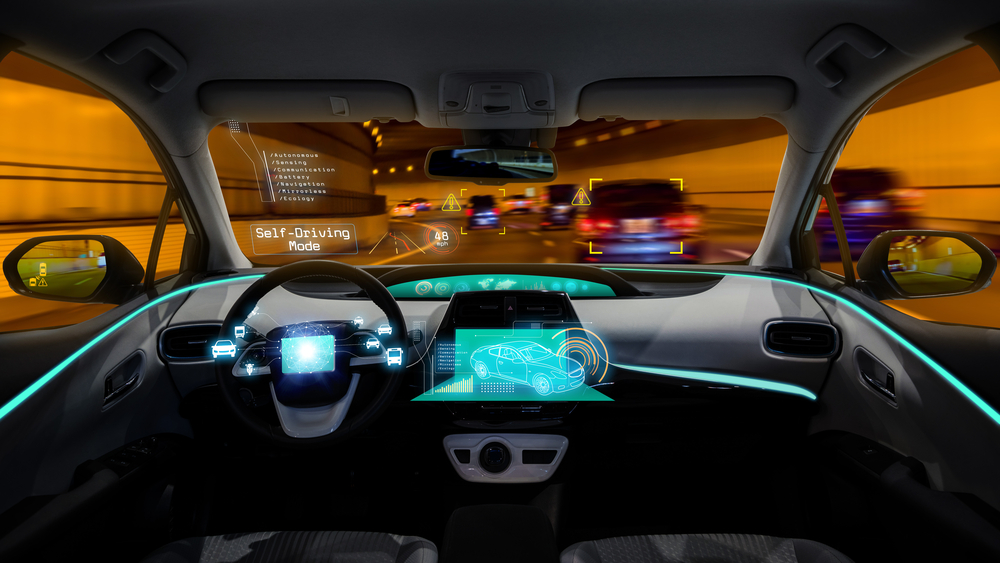
Night vision technology, as seen in luxury brands like BMW and Cadillac, was introduced to help drivers see better in low-light conditions. While the idea sounded useful, the feature was expensive to produce and install, and most drivers rarely used it. Additionally, improvements in headlights and adaptive lighting made night vision redundant.
Headlight Wipers
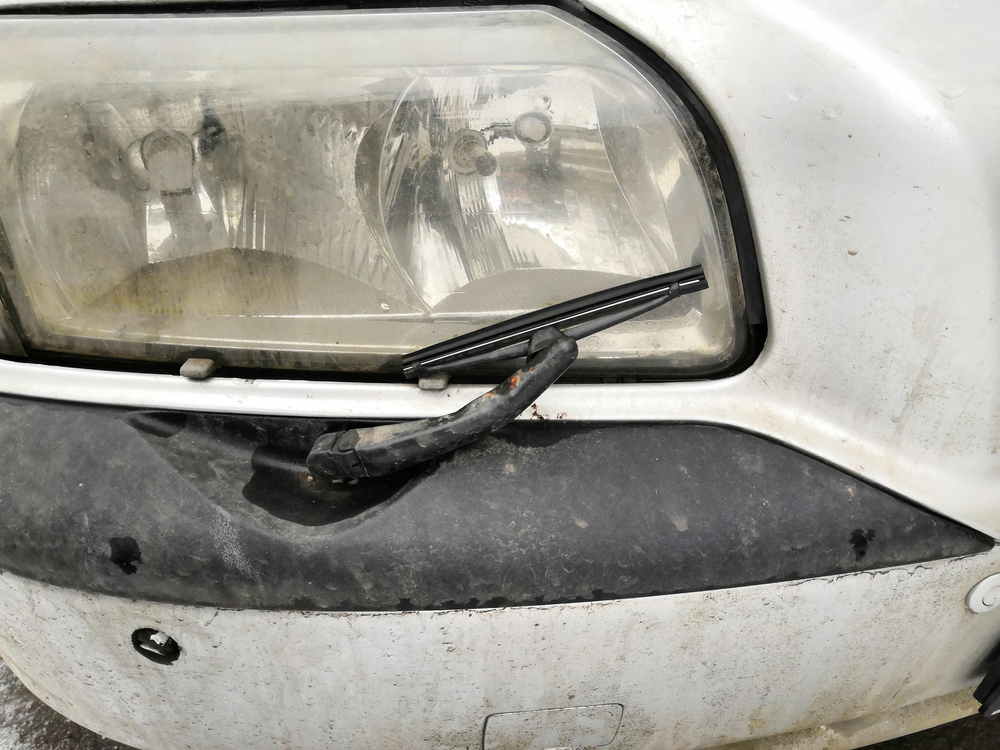
Headlight wipers, designed to keep headlights clean during bad weather, were once a common feature on luxury cars. However, the small wipers often clogged with dirt and debris, rendering them ineffective. They also added an unnecessary level of complexity, and as headlight technology improved, the need for wipers diminished.
Convertible Hardtops
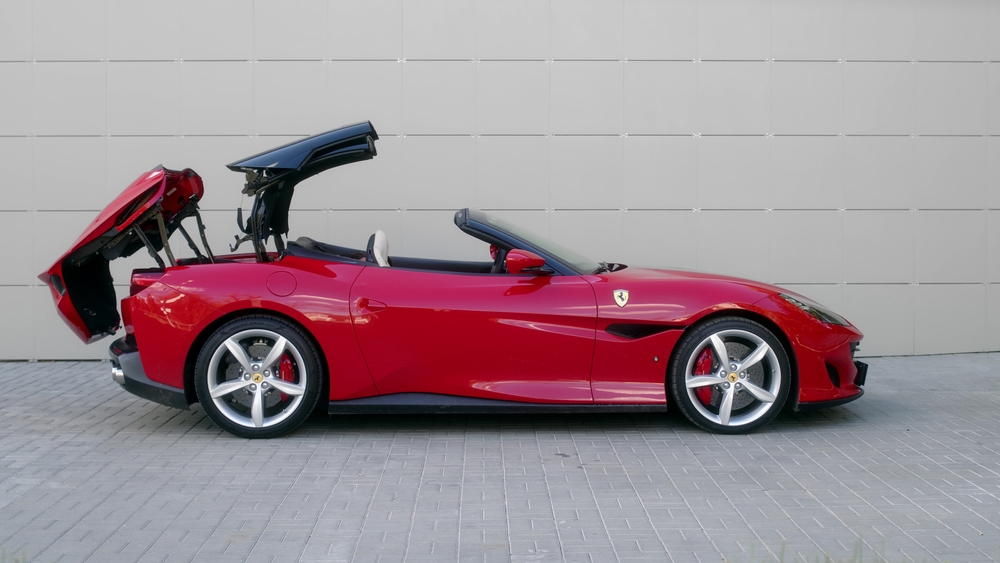
Convertible hardtops offered the best of both worlds, combining the open-air freedom of a convertible with the security of a hardtop roof. However, the complex mechanisms required to retract and store the hardtop were prone to failure. The heavy roofs also added weight, negatively impacting performance. Eventually, simpler and more reliable soft tops took over the convertible market.
Fender-Mounted Mirrors
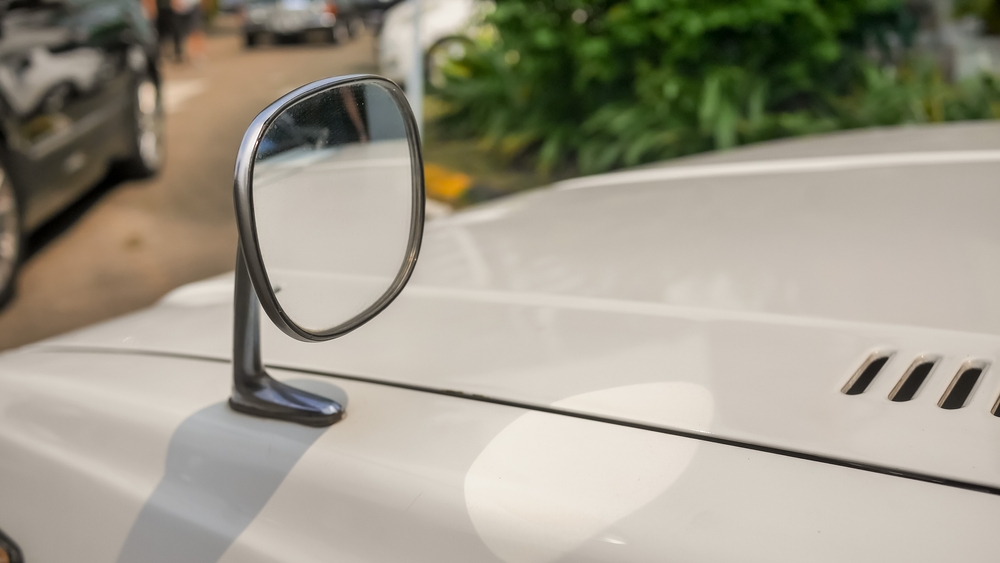
Fender-mounted mirrors, once popular in the 1950s and 60s, added a distinctive look to cars. However, their placement made it difficult for drivers to adjust them from inside the vehicle, and they often provided a limited field of view. As side mirrors became more ergonomic and adjustable, fender-mounted mirrors were phased out.
Targa Roofs
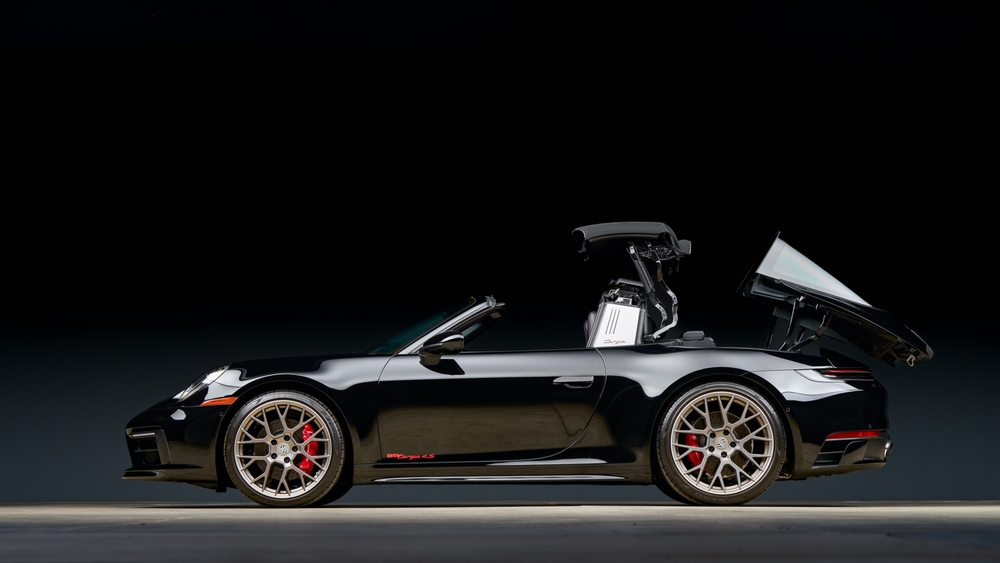
Targa roofs, featured on cars like the Porsche 911, combined the open-air feel of a convertible with the rigidity of a fixed roof. However, removing and storing the heavy roof panel was awkward and inconvenient. As fully retractable convertibles became more popular, the Targa roof design lost its appeal.
This article originally appeared in MyCarMakesNoise.
More from MyCarMakesNoise
20 Poor RV Maintenance Practices That Lead to Expensive Repairs

Neglecting regular maintenance on an RV can result in costly repairs down the road. Simple tasks like checking the roof, monitoring the tires, or maintaining the plumbing system often get overlooked, leading to bigger problems. Read More
20 Concept Cars from the Past That Deserve Production Today
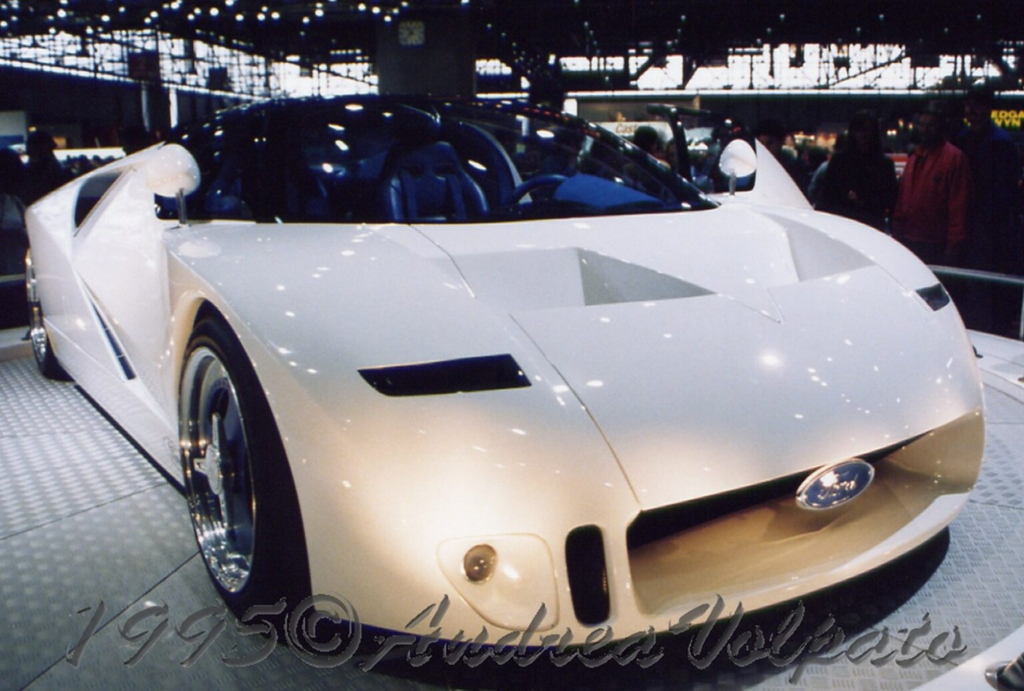
Concept cars often push the boundaries of design and innovation, showcasing futuristic technology and bold aesthetics. While many never make it to production, some stand out as timeless designs that still feel relevant today. Read More
21 Cutting-Edge Space Probes Poised to Explore Distant Worlds
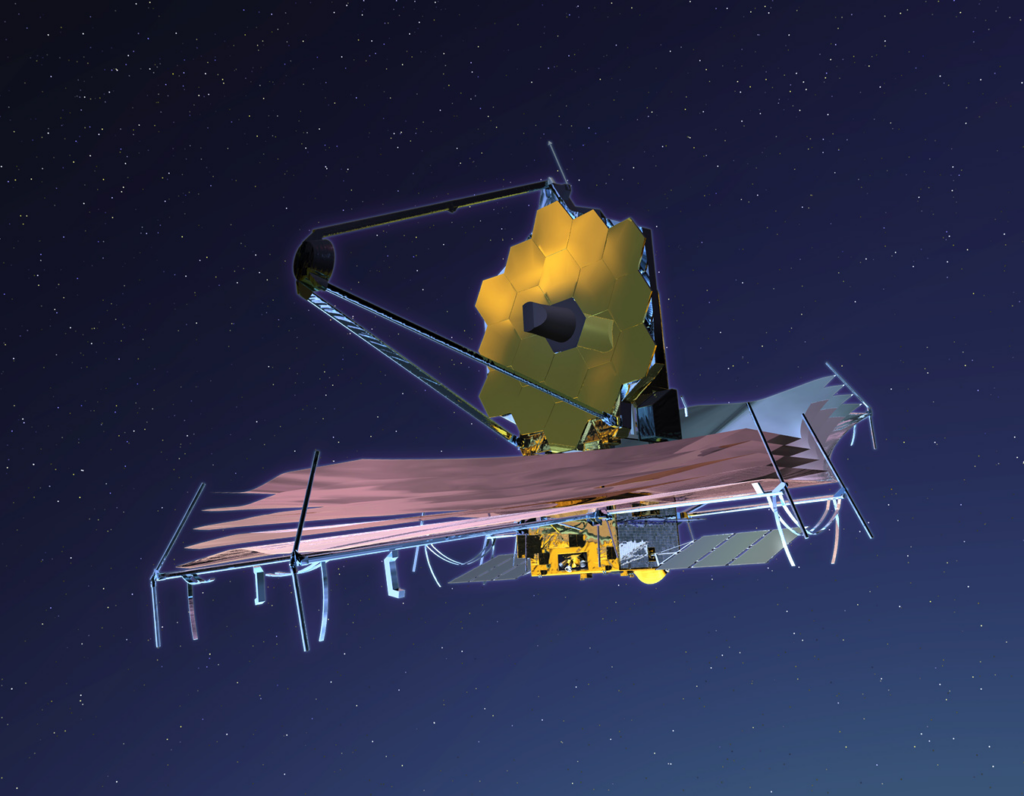
Space probes are pushing the boundaries of exploration, venturing farther into our solar system and beyond. Equipped with advanced technology, these cutting-edge probes are designed to explore distant planets, moons, and other celestial bodies. Read More

